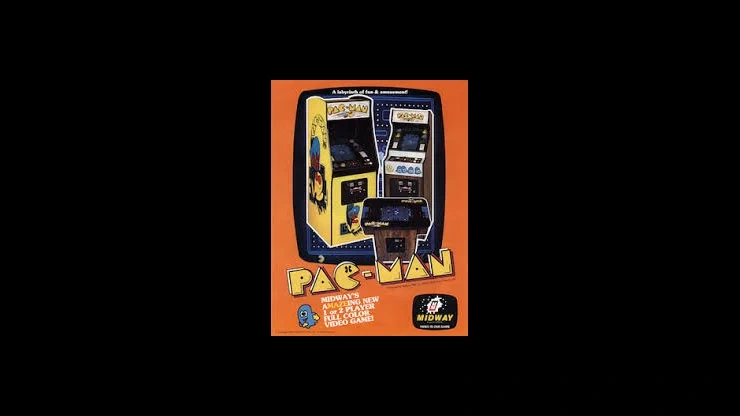
On this day October 21, 1983, scientists officially redefined the meter as the distance light travels in a vacuum during one 299,792,458th of a second. This decision was made at the 17th General Conference on Weights and Measures in Paris and marked a major advancement in scientific precision. The new definition replaced earlier physical standards, anchoring the unit of length to a constant of nature rather than a manmade object.
This change represented a milestone in measurement history and reflected the progress of modern physics and technology during the early 1980s. By linking the meter to the speed of light, scientists ensured that it could be measured with unparalleled accuracy anywhere in the world. The update helped unify global standards in science, engineering, and industry, supporting innovations that would shape the decades to come.
80s insight: The 1983 redefinition of the meter illustrated how the 1980s were an age of scientific modernization, blending precision, technology, and universal cooperation to support a rapidly advancing world.
This change represented a milestone in measurement history and reflected the progress of modern physics and technology during the early 1980s. By linking the meter to the speed of light, scientists ensured that it could be measured with unparalleled accuracy anywhere in the world. The update helped unify global standards in science, engineering, and industry, supporting innovations that would shape the decades to come.
80s insight: The 1983 redefinition of the meter illustrated how the 1980s were an age of scientific modernization, blending precision, technology, and universal cooperation to support a rapidly advancing world.
















